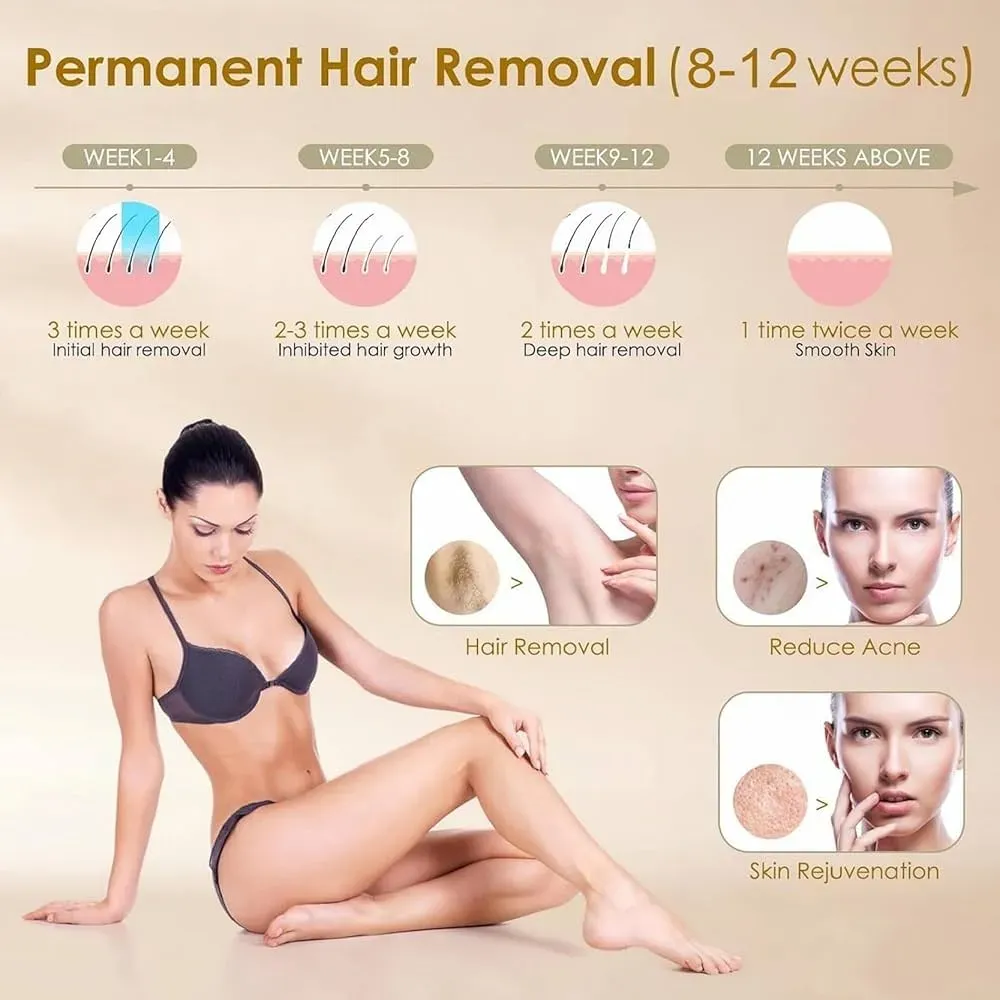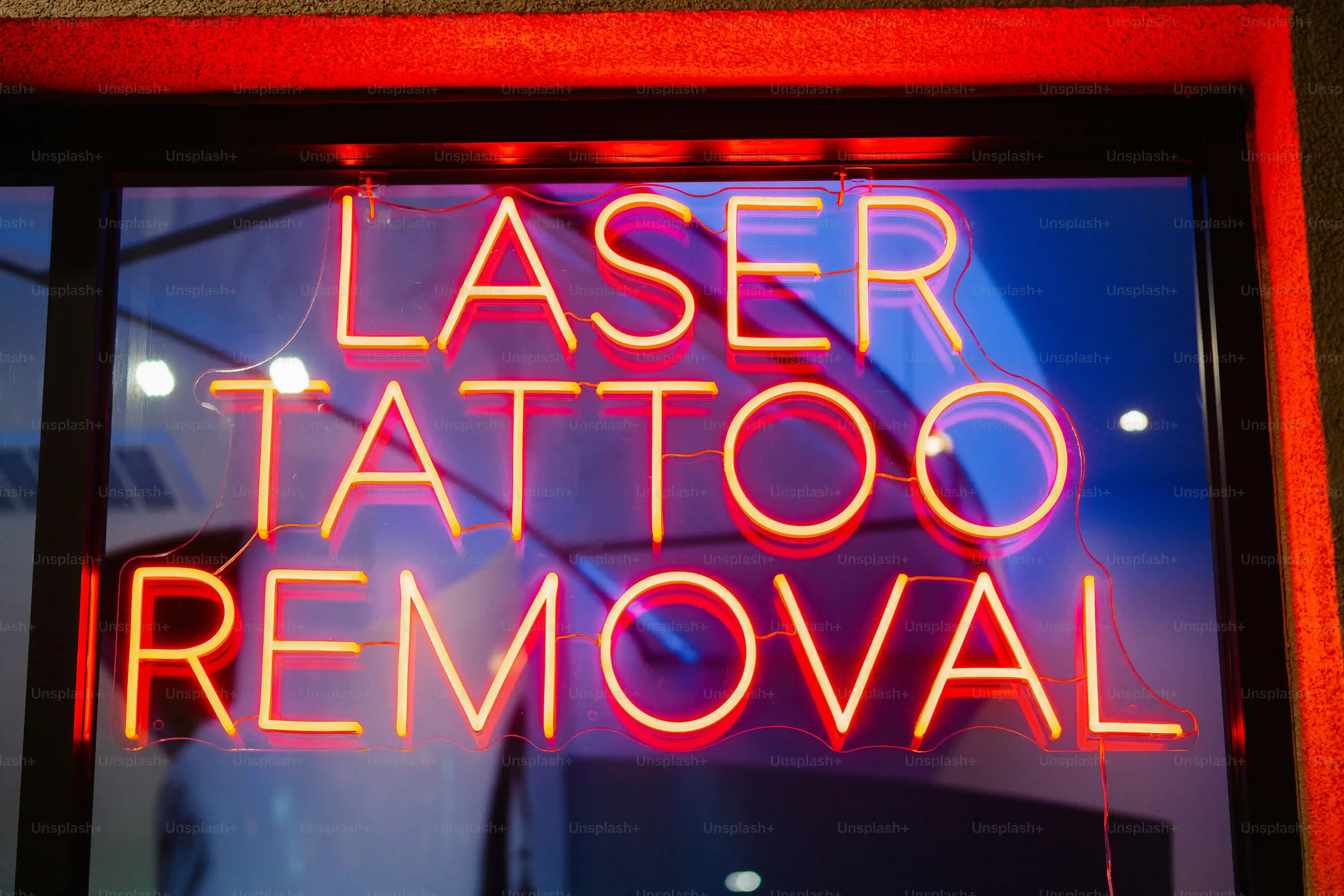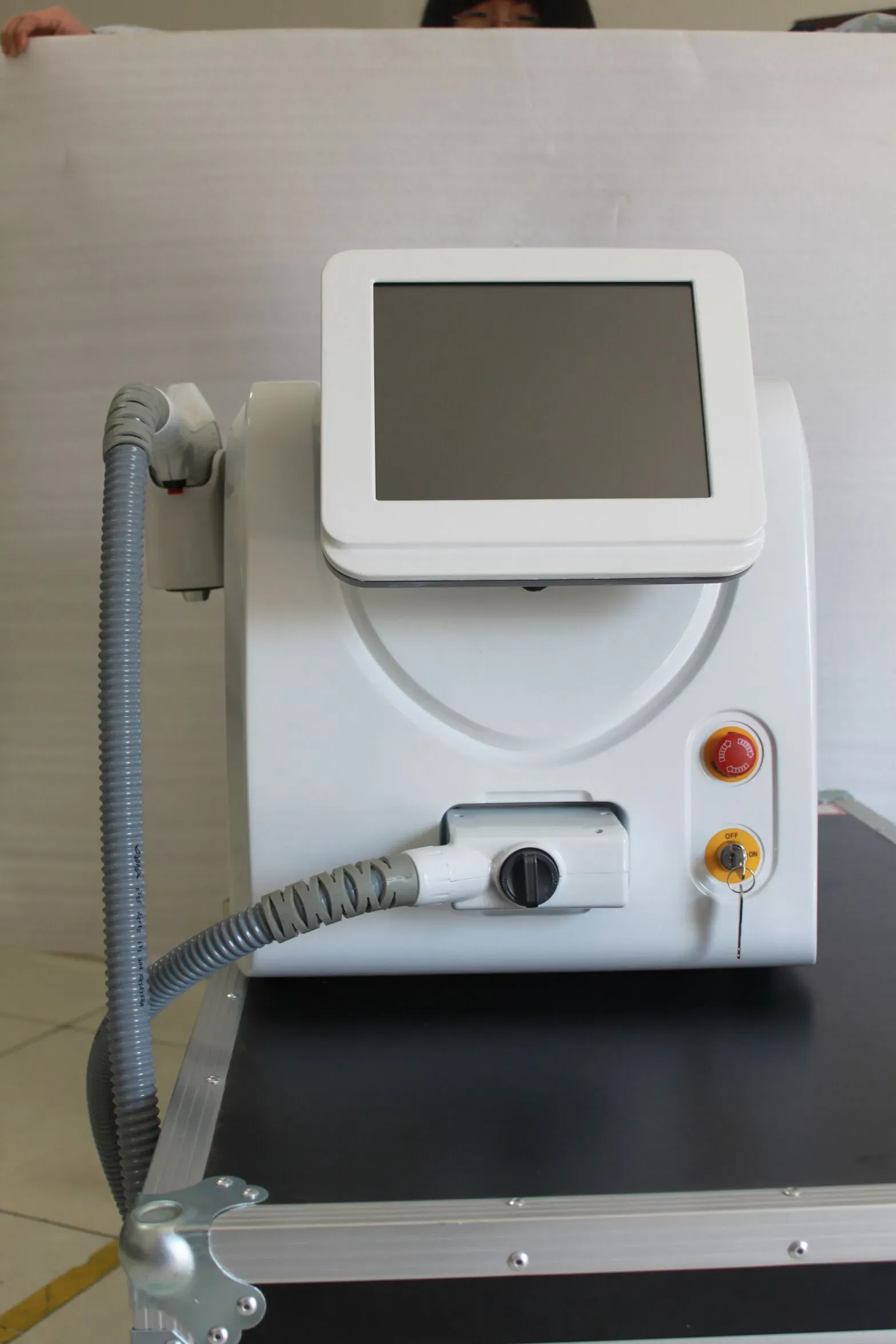Table of Contents
Let's be real. Dealing with pubic hair can feel like a never-ending battle. Shaving is a daily chore that often ends in razor burn and ingrown hairs. Waxing? Don't even get us started on the pain involved. It's no wonder so many people eye those at-home gadgets promising a more permanent solution.
The Truth About Laser Pubic Hair Removal at Home

The Truth About Laser Pubic Hair Removal at Home
What Are These Home Devices, Really?
so you've seen the ads, maybe scrolled past them on social media. Devices promising permanent hair reduction from the comfort of your bathroom. When we talk about laser pubic hair removal at home, most of the gadgets you see aren't actually lasers in the clinical sense. They often use Intense Pulsed Light (IPL) technology. Think of IPL as a broad spectrum of light that targets pigment (color) in the hair. It heats up the hair follicle, aiming to damage it enough to slow or stop future growth.
True lasers use a single, focused wavelength of light. This allows them to be much more precise and powerful, targeting the hair follicle with greater intensity. Professional clinics usually use these true laser systems. The devices marketed for laser pubic hair removal at home are designed with lower energy levels to be safe (theoretically) for untrained users. This is a crucial distinction many marketing materials conveniently gloss over.
IPL vs. Laser: Why It Matters for Pubic Hair
Knowing whether you're getting IPL or true laser is a big deal, especially for sensitive areas like the pubic region. IPL scatters light across a wider area and wavelength range. This can make it less effective at targeting specific dark hairs and potentially more risky for surrounding skin, particularly on darker skin tones where there's more pigment to absorb the light. True lasers, like Diode or Nd:YAG used professionally, can be calibrated more precisely for different skin types and hair colors.
For laser pubic hair removal at home, the device type impacts who can use it safely and effectively. IPL devices often struggle with very light hair (blonde, red, grey) because there isn't enough pigment for the light to target. They also come with significant warnings, often making them unsuitable for medium to dark skin tones due to the burn risk. True home laser devices are less common and still have limitations compared to clinical machines.
Feature | At-Home IPL | At-Home "Laser" (Rare) | Professional Laser |
|---|---|---|---|
Technology | Intense Pulsed Light (Broad Spectrum) | Actual Laser (Single Wavelength) | Actual Laser (Specific Wavelengths) |
Energy Level | Lower | Lower | Much Higher |
Targeting | Less precise, wider area | More precise than IPL | Most precise and powerful |
Suitability (Skin Tone) | Limited (often light to medium) | Limited (varies by device) | Wider range (different lasers used) |
Suitability (Hair Color) | Needs dark hair | Needs dark hair | Needs dark hair (some lasers better for certain types) |
Managing Expectations: Real Results vs. Hype
Let's cut to the chase about laser pubic hair removal at home. It's generally not going to give you the same results as a professional treatment series. Because the energy levels are lower, these devices are designed for *reduction*, not permanent removal. You might see less hair, hair that grows back slower, or hair that's finer. Some people get significant reduction, others see minimal change. It depends on your hair type, skin tone, consistency of use, and the specific device.
Thinking you'll zap your way to completely smooth skin forever after a few sessions at home is probably setting yourself up for disappointment. It requires regular, ongoing maintenance treatments. You might get your hair to a manageable level, but don't expect that baby-smooth finish you might achieve after several thousand dollars and multiple sessions at a clinic.
Picking Your Gadget: Devices for Laser Pubic Hair Removal at Home

Picking Your Gadget: Devices for Laser Pubic Hair Removal at Home
Navigating the Device Jungle: What to Look For
Alright, so you're still thinking about taking the plunge into laser pubic hair removal at home. The market is flooded with options, all promising smooth sailing. How do you even start? First off, look beyond the flashy packaging and celebrity endorsements. Dig into the specs. Is it IPL or a true laser? As we covered, IPL is more common for home use due to safety regulations, but it might not be as effective for stubborn or coarse pubic hair compared to a clinical laser. Check the energy levels (often measured in joules). Higher numbers *might* mean more power, but also potentially higher risk if not used correctly. Don't just assume "more power" equals "better results" without considering safety.
Skin Tone and Hair Color: The Non-Negotiables
This is where things get serious, especially for laser pubic hair removal at home. These devices work by targeting pigment. If your skin has a lot of pigment (i.e., you have a darker skin tone), the device can target your skin instead of just the hair follicle. This can lead to burns, blistering, and even permanent scarring or discoloration. Most at-home devices explicitly state which skin tones they are safe for, often using a Fitzpatrick scale chart. Ignore this at your own peril. Similarly, if your pubic hair is very light (blonde, red, grey), there might not be enough pigment for the light to target effectively, rendering the device useless for you. Check the device's compatibility chart for both skin tone and hair color before you buy. It's not a suggestion; it's a safety requirement.
Before you click 'add to cart', ask yourself:
- Is this device IPL or true laser?
- Does it have a clear compatibility chart for skin tone and hair color?
- What are the stated energy levels?
- Are there any specific warnings about using it on sensitive areas like the pubic region?
- What do unbiased reviews (not just manufacturer sites) say about its effectiveness and safety for this area?
Getting Ready: Preparing for Laser Pubic Hair Removal at Home

Getting Ready: Preparing for Laser Pubic Hair Removal at Home
Getting Ready: Preparing for Laser Pubic Hair Removal at Home
so you've picked a device that seems right for you and you're ready to give laser pubic hair removal at home a shot. Preparation is key, and skipping steps here is just asking for trouble. First, the area needs to be clean and completely free of any lotions, oils, or deodorants. These can interfere with the light energy and potentially cause burns. More importantly, you *must* shave the area just before treatment. The device targets the pigment in the hair follicle, but if there's hair above the skin's surface, the energy gets wasted there, potentially burning the skin instead of reaching the follicle. Don't wax or pluck beforehand; you need the root intact for the device to work.
- Clean the area thoroughly.
- Shave the treatment zone completely.
- Ensure skin is dry and free of products.
- Perform a patch test if recommended by the device instructions.
What to Expect: Results and Risks of Laser Pubic Hair Removal at Home

What to Expect: Results and Risks of Laser Pubic Hair Removal at Home
Setting Realistic Expectations for Results
so you've got the device, you've prepped the area, and you're ready to zap. What happens now? If you're hoping for perfectly smooth skin after one session of laser pubic hair removal at home, you're going to be disappointed. These devices work gradually. You might notice some hairs shedding in the days following a treatment – they just kind of fall out when you lightly pull them. This is a good sign it's doing something.
Over several weeks and multiple sessions (most devices recommend treatments every week or two initially), you should start seeing patches where hair growth is sparser or slower. The hairs that do grow back might be finer and lighter. Complete clearance is rare with at-home devices. Think of it as significant reduction that makes managing the area much easier, rather than total eradication.
Dealing with Discomfort and Side Effects
Using a device for laser pubic hair removal at home isn't exactly like getting a massage. You're essentially sending light energy into your skin. Most people describe the sensation as a warm pinch or snap, like a rubber band hitting the skin. Some areas, especially where the hair is thicker or the skin is more sensitive (guess where that is?), will feel it more than others. It shouldn't be excruciating pain, though. If it is, stop and lower the intensity.
After a session, it's common to have some redness and slight swelling around the treated follicles. It might look a bit like chicken skin. This usually goes away within a few hours. Your skin might feel warm, like you have a mild sunburn. Applying a cool compress or aloe vera gel can help soothe it. Avoid hot showers, saunas, or tight clothing immediately after treatment.
Common sensations during/after treatment:
- Warm pinch or snap
- Mild redness
- Slight swelling
- Feeling of mild sunburn
Things that are NOT normal and require stopping:
- Severe pain
- Blistering
- Significant burning sensation
- Skin discoloration that doesn't fade quickly
Understanding the Risks Involved
While at-home devices for laser pubic hair removal at home are designed with safety features and lower energy levels, they aren't entirely risk-free, especially in a sensitive area like the pubic region. The biggest risks are burns, blistering, and temporary or even permanent changes in skin pigment (darkening or lightening). This is why following the skin tone guidelines is absolutely critical. Using too high an intensity setting, treating the same area multiple times in one session, or using the device on irritated or tanned skin also increases the risk.
There's also the risk of paradoxical hair growth, where the treatment actually stimulates hair growth in fine hairs surrounding the treated area, though this is less common with at-home IPL than professional lasers. Infections are rare but possible if the skin barrier is compromised. Always start with the lowest intensity setting recommended for your skin type and gradually increase it if your skin tolerates it. If you see anything that looks concerning – like blisters, significant pain, or lasting discoloration – stop using the device immediately and consider consulting a dermatologist.
AtHome vs. Pro: Is Laser Pubic Hair Removal at Home Worth It?
The Price Tag: Upfront vs. Long-Term
Alright, let's talk money. One of the biggest draws to laser pubic hair removal at home is the perceived cost savings. You see a device online for a few hundred bucks, maybe up to $500-$600 for a fancier model. Compare that to professional treatments, where a single session for the pubic area can easily run you $150-$400, and you typically need 6-8 sessions, sometimes more. On the surface, the math seems simple: buy the gadget, save a fortune.
But hold up. That upfront cost for the home device is just the beginning. Remember how we said at-home devices are for *reduction* and require ongoing maintenance? That means you'll be zapping away periodically, potentially forever, to keep the hair at bay. The device itself has a limited lifespan, usually measured in flashes. Once it runs out, you might need to buy another. Professional treatments, while expensive initially, often lead to more significant and longer-lasting reduction, meaning fewer maintenance sessions (or none) down the road. So, which is truly cheaper in the long run? It's not as clear-cut as the price tag suggests.
Effectiveness and Safety: Getting What You Pay For?
Beyond the cost, there's the crucial difference in performance and safety. Professional laser clinics use powerful, medical-grade equipment operated by trained technicians. These machines can target hair follicles more effectively and are adjustable to a wider range of skin tones and hair types than virtually any device you'd buy online. They can deliver the energy needed for more substantial and potentially permanent hair reduction.
At-home devices, by necessity, operate at much lower energy levels. This makes them safer for untrained users, but it also significantly reduces their effectiveness. You might get decent results if you have the ideal skin tone and hair color (fair skin, dark, coarse hair) and are incredibly diligent with your treatment schedule. But for many, it's a slow process with less dramatic outcomes. The risk of burns or skin changes is still present, especially if you don't follow instructions perfectly, and let's be honest, using these things in awkward positions down there isn't always easy.
Factor | At-Home Devices | Professional Treatment |
|---|---|---|
Cost | Lower upfront, potentially higher long-term (device lifespan, maintenance) | Higher upfront, potentially lower long-term (more permanent results) |
Effectiveness | Hair reduction, requires ongoing maintenance | Significant, potentially permanent hair reduction |
Speed | Slower results over many sessions | Faster results over fewer sessions |
Safety | Lower energy, designed for home use, user error risk | Higher energy, performed by trained professionals, lower risk of severe burns |
Suitability | Limited skin tones/hair colors | Wider range of skin tones/hair colors (different lasers available) |
Making the Call: Is DIY Right for Your Down There?
So, is laser pubic hair removal at home worth it? It depends entirely on your goals, budget, and patience level. If you're looking for a budget-friendly way to achieve *some* reduction and make shaving less frequent, and you have the right skin and hair type, a home device *might* be a reasonable option. Just go into it with realistic expectations – it's not a magic wand.
If you want the most effective, safest, and fastest route to significant, long-lasting hair reduction, professional treatment is likely the better investment. Yes, it costs more upfront, but the results are typically far superior, and you have trained professionals managing the process. Sometimes, paying for expertise and power is simply worth it, especially for a sensitive area. Our friends at hairawaybylaser.com, for instance, specialize in giving you those powerful, lasting results that home devices just can't match.
Ask yourself:
- Am I okay with potentially less dramatic results and ongoing maintenance?
- Do I have the right skin tone and hair color for the device I'm considering?
- Can I commit to the regular treatment schedule the device requires?
- Is the potential for burns or irritation worth the cost savings?
Ultimately, the choice is yours, but go in armed with the facts, not just the marketing hype.
The Bottom Line on Laser Pubic Hair Removal at Home
So, is laser pubic hair removal at home a perfect fix? Probably not for everyone. These devices offer a convenient way to reduce hair growth, and for some, they provide noticeable results with consistent use. However, they aren't a universal solution, especially if you have darker skin tones or very light hair, and they require patience and commitment. The energy levels are lower than professional treatments for safety reasons, meaning results might take longer or be less dramatic. Weigh the cost, time commitment, and potential risks against the convenience. It's a tool, not a miracle worker, and managing expectations is key before you start zapping away.
